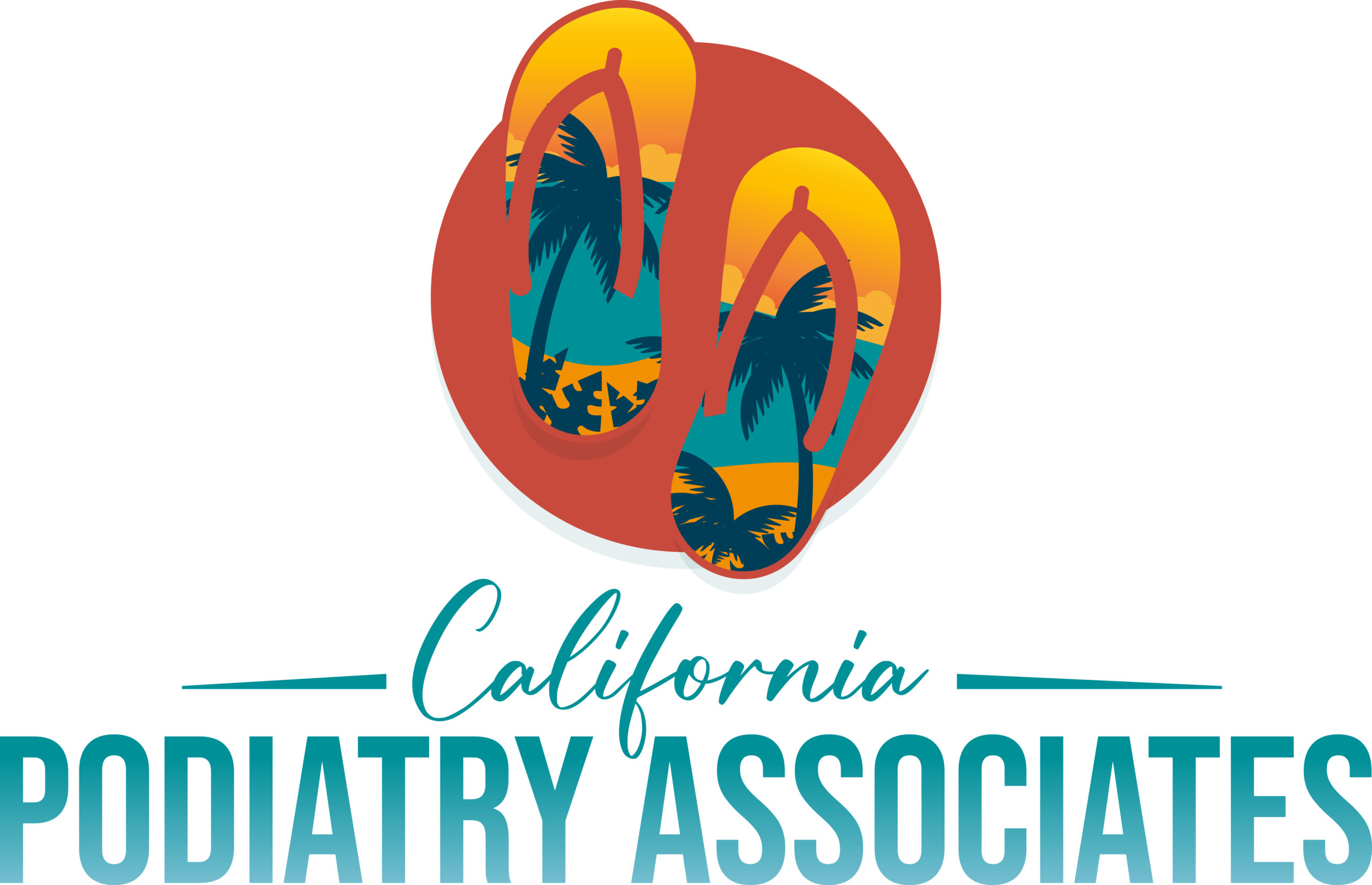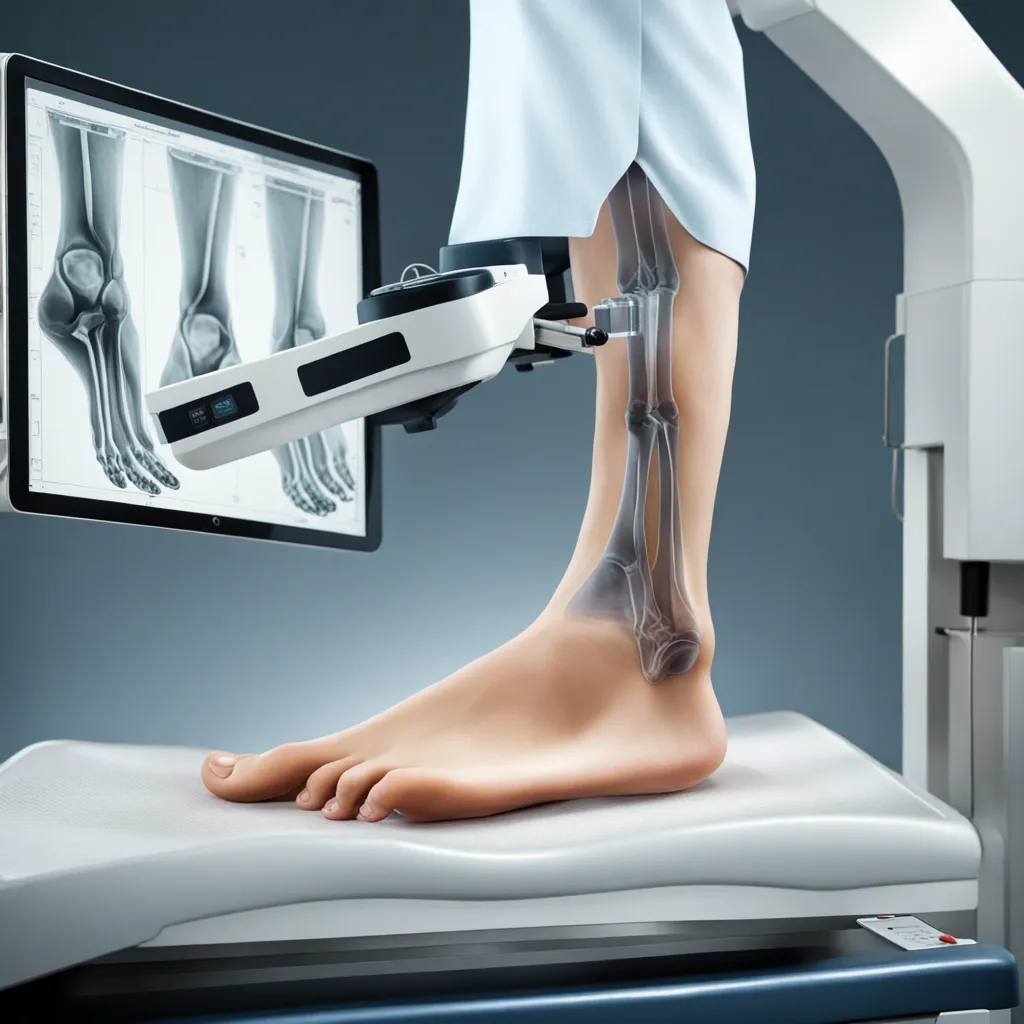Foot Surgery
Foot Surgery in Costa Mesa — Expert Surgical Care for Lasting Relief
When non-surgical treatments no longer provide relief, or when structural or deformity issues interfere with daily life, foot surgery can offer the lasting solution you need. At California Podiatry Associates, our board-certified podiatrists are highly trained in a broad range of foot surgery procedures. Whether you are dealing with painful deformities, rigid joints, or complex injuries, we design surgical plans that restore function, reduce pain, and help you return to the activities you love.
What we offer
Effective foot care for patients with diabetes
We conduct thorough foot evaluations to identify early signs of complications and develop personalized treatment plans.
We provide advanced wound care to promote healing and prevent infections.
We develop custom orthotics to relieve pressure on your feet and prevent foot complications.
We provide patient education on proper foot care and lifestyle changes to help manage diabetes symptoms and prevent complications.
Why choose us
Expert care for your foot health

Years of experience
Expert team
Awards
1/ Comprehensive Foot Care
2/ Experienced Podiatrists
3/ State-of-the-Art Facilities
4/ Patient-Centered Approach
Selected project
Our Patients' Success Stories
Why Consider Foot Surgery?
Many foot conditions start gradually: bunions that worsen over time, hammertoes that cause persistent pain, or bones that shift due to flat feet or trauma. Left untreated, these issues can lead to swelling, calluses, arthritis, discomfort in shoes, and difficulty walking. Surgery becomes a viable option in cases where:
Pain significantly limits mobility or comfort despite conservative care
The deformity is progressing and interfering with footwear or lifestyle
There is joint damage or arthritis that cannot be addressed non-surgically
Recurrent injuries or instability cause repeated setbacks
Surgery is never the first choice—it’s an important tool when other treatments have been fully explored and haven’t achieved the relief you need. Our goal is to provide effective surgical care that minimizes downtime, maximizes healing, and supports long-term foot health.
Types of Foot Surgery We Perform
At California Podiatry Associates, our surgeons handle a wide variety of foot and ankle surgical procedures. Some of the most common include:
Bunion correction — realigning the big toe joint to reduce painful bump, improve alignment, and allow better footwear fit.
Hammertoe correction — shortening, straightening, or realigning toes that have contracted joints causing pain, pressure, or corn formation.
Toe joint surgery / fusion — stabilizing or fusing joints when arthritis or deformity leads to painful movement.
Ingrown toenail surgery — removing portion of nail or nail border to relieve infection and discomfort.
Fracture repair — realigning and fixing broken bones of the foot or ankle to ensure proper healing.
Tendon & ligament repair or reconstruction — addressing overuse, tears, or instability in structures like the Achilles tendon or lateral ankle ligaments.
Flat foot reconstruction — correcting deformity and dysfunction caused by collapsed arches, so pressure is redistributed properly.
Ankle or joint arthroscopy — minimally invasive operations to clean up damaged cartilage, remove loose bodies, or repair joint surfaces.
Heel (calcaneal) surgeries — including removal of spurs, correction of heel deformities or painful heel bone conditions.
Each procedure is chosen based on the unique anatomy, severity, patient health, functional goals, and lifestyle.
How We Ensure Excellent Outcomes
Surgery can be intimidating. Here’s how we ensure your experience is as positive, predictable, and safe as possible:
Detailed Evaluation & Planning
A thorough medical history, physical exam, imaging (e.g., X-ray, ultrasound, MRI when needed)
Assessment of alignment, gait, foot structure, joint motion, and skin/nail condition
Review of overall health, circulatory status, diabetes or other risk factors that can affect healing
Customized Surgical Approach
Use of the least invasive technique possible
Selection of fixation types (pins, screws, plates) suitable for your anatomical needs
Balancing correction with preserving natural motion when possible
Pain Management & Comfort
Local anesthesia, nerve blocks, or other modern pain control methods
Post-operative protocols tailored to reduce pain, swelling, and risk of complications
Post-Operative Care & Rehabilitation
Specific instructions for wound care, weight bearing, gait modifications
Physical therapy or rehab route when needed: stretching, strengthening, mobility work
Regular follow-ups to monitor healing, adjust as needed, prevent re-injury or complications
Long-Term Maintenance & Prevention
Guidance on footwear, orthotics, and supportive shoes post-surgery
Advice on daily foot care, skin and nail hygiene, care for calluses or corns
Monitoring for changes that may require intervention before symptoms worsen
What to Expect: The Surgical Process
Understanding what your surgical journey will look like helps reduce anxiety and encourages confidence.
Initial Consultation
We’ll discuss your symptoms, prior treatments, goals, and expectations. Imaging or diagnostic tests will be ordered, and a surgical plan proposed including estimated recovery time.Preparing for Surgery
Instructions include any needed medical clearances, pre-op labs, skin preparation, fasting if needed, medications to stop or adjust. We ensure you have a clear understanding of the procedure, risks, benefits, and what to expect afterward.Day of Surgery
Most foot surgeries are performed on an outpatient basis. You’ll arrive, be prepped, receive anesthesia, surgery is done, and you’ll be released once our team is comfortable with your condition.Recovery Phase
First few days: rest, elevation, cold therapy, possibly partial or non-weight bearing depending on the procedure
Weeks ahead: gradually increasing mobility, following any brace, boot, or cast instructions
Months: physical therapy, gait retraining, scar care, ensuring proper alignment and function returns
Expected Healing Timeline
Healing times vary significantly depending on the procedure (e.g., ingrown toenail/soft tissue surgery heals much faster than bone realignment or fusion). Full return to high-impact activities may take several months.
Who Makes a Good Candidate
Surgery is best suited for individuals who:
Have symptoms that significantly interfere with daily life, walking, or ability to wear shoes comfortably
Have tried non-surgical treatments (orthotics, physical therapy, anti-inflammatories, footwear changes) without desired relief
Are in good enough general health to tolerate surgery: good blood flow, controlled medical conditions (e.g., diabetes, heart disease), healthy skin/nails around surgical site
Have realistic expectations about recovery, including some temporary limitations, swelling, or discomfort
Even those with medical comorbidities can often have successful outcomes when surgery is done carefully with proper risk management.
Risks & Realistic Expectations
As with all surgical procedures, there are risks and trade-offs. We believe in transparency so you can make informed decisions.
Risks may include infection, delayed healing, scarring, stiffness, nerve irritation, recurrence of deformity, pain, or need for revision surgery.
Recovery time can vary widely depending on procedure. Some procedures heal in weeks; others (like fusions or reconstructive surgeries) require months of healing.
Pain & swelling will be present; modern pain management can reduce discomfort but some pain is expected during healing.
Functional yield vs cosmetic goals: sometimes the most stable or functional outcome may not look perfectly symmetrical; we align goals of function, comfort, and appearance based on patient priorities.
Why Choose California Podiatry Associates for Your Foot Surgery
Board-certified, fellowship-trained podiatrists with proven surgical expertise in foot and ankle procedures
State-of-the-art operative care and surgical techniques designed for precision, safety, and better outcomes
Emphasis on patient education, compassionate care, clear communication about expectations, risks, and recovery
Supportive post-operative care systems: therapy, follow-ups, monitoring to help you heal strong and avoid complications
Strong track record of helping patients regain mobility, reduce pain, correct deformities, and improve quality of life
Frequently Asked Questions
How long until I can walk normally again?
This depends on the type of surgery. Soft tissue procedures may allow early weight bearing; bone realignments, fusions, or large reconstructions often require protected weight bearing or assist devices for several weeks. Your surgeon will give you a personalized recovery plan.
Will I be in a cast or boot after the surgery?
Some surgeries require casts, splints, or boots to immobilize and protect structures while healing. Others may use braces or allow early motion. It depends on the nature of your surgery.
How painful is recovery and how is pain managed?
Pain is managed through local anesthesia, nerve blocks, oral medications, and post-op protocols (ice, elevation). Pain is typically most intense in the first few days and gradually improves.
Will I need physical therapy?
Often yes. Physical therapy helps restore range of motion, strength, gait, balance, and flexibility. For more complex surgeries, it’s essential.
Does insurance cover foot surgery?
Many insurance plans cover medically necessary foot surgeries—especially when conservative treatment has failed, when pain or deformity limit function. Our office helps with verifying coverage and preparing necessary documentation.
Take the First Step Toward Relief
If you suffer from bunions, hammertoes, severe arthritis, persistent toe or joint pain, or structural deformities that affect your mobility or comfort, foot surgery with California Podiatry Associates may be the long-term answer.
We’re here to guide you gently through every stage of the process—evaluation, surgery, recovery—so you can walk, run, stand, and live with comfort, function, and confidence once again.

